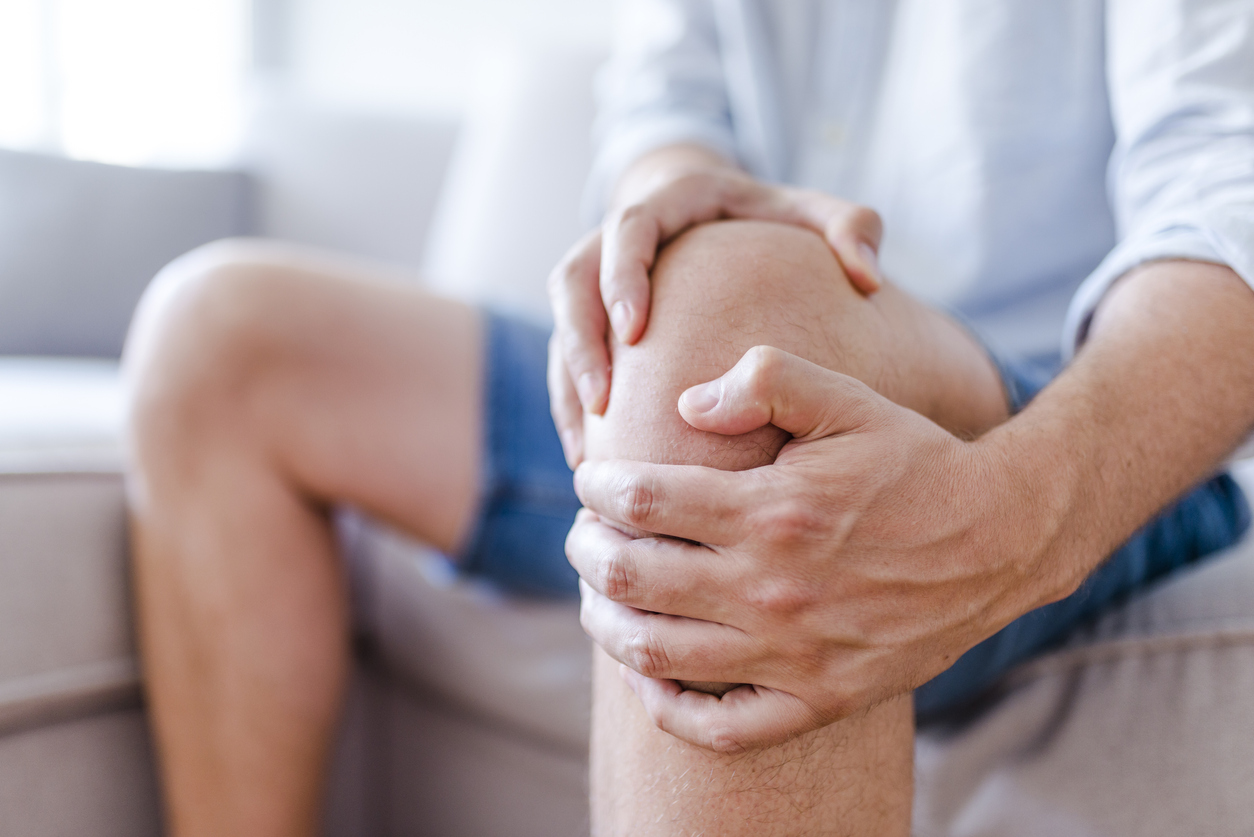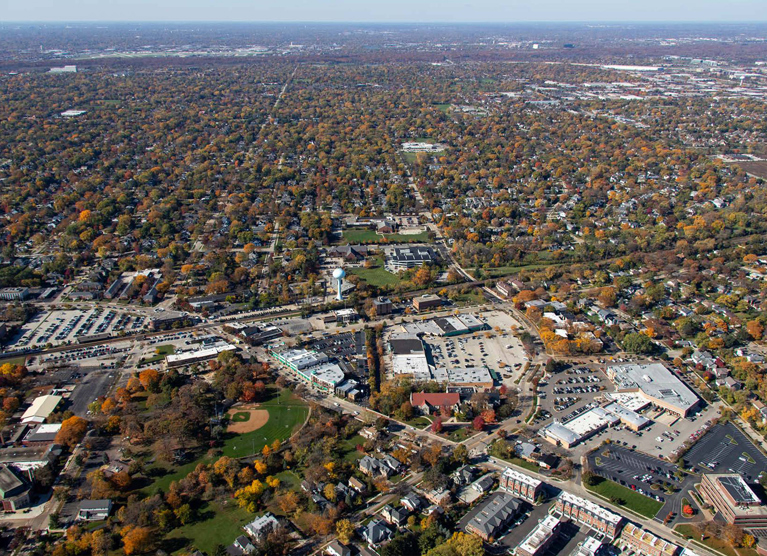
Knee tendonitis treatment for cyclists helps address this common injury that plagues cyclists. Knee tendonitis generally refers to patellar tendonitis. The patella, or kneecap, is connected to the shinbone by the patellar tendon. The patellar tendon is engaged when you extend your leg to kick, jump, or pedal a bike.
Patellar tendonitis can mean that your saddle is too low or you have been pedaling for an extended time in high gears. These problems can irritate and inflame the tendon, leading to strain and ultimately pain. The pain most often occurs between the kneecap and where it connects to the tibia.
Symptoms of knee tendonitis in cyclists include pain in the front of the knee joint, usually either below or above the patella, swelling, and pain that resolves with rest but recurs when cycling. You may feel pain during other physical activities, as well. When knee tracking is impaired, you may notice pain when kneeling, bending the knees, or walking up or down the stairs.
Treatment for knee tendonitis for cyclists consists of both fixing the pain and irritation of the tendon and also solving the problems so that the tendonitis won’t recur. The first step to treating the pain is to take some time off the bike.
Even if you make changes to your bike to prevent the tendonitis from occurring, you will need some time to heal. The more you stress that tendon, the longer your recovery time will be. If any other activities seem to cause the pain to flare, temporarily stop them, as well.
Elevate your leg whenever possible. Apply compression through the use of an ACE bandage or a brace. Both the elevation and compression help reduce swelling. The swelling can exacerbate the pain and cause loss of motion in the joint. An orthopedic physician can prescribe a infrapatellar strap that will reduce your pain by providing support for the inflamed tendon.
It is a good idea to apply ice several times a day. An ice pack or even a frozen bag of vegetables can be used, just be sure to place a towel between the ice and your skin. For pain relief, take naproxen sodium (Aleve) or ibuprofen (Advil). Topical pain relief creams may also help relieve the pain.
While you are healing, consider activities that won’t cause tendon stress or pain. Swimming and water activities are often excellent as they allow you to remain active while greatly reducing the impact on your patellar tendon.
Although rest is a critical part of healing, after a few days gently move the joint for the full range of motion. Prolonged inactivity can lead to stiffness in the joints, and regularly moving through the full range of motion will help keep your joints active.
If that pain worsens or interferes with your daily activities, or if you experience redness or swelling, contact your doctor. You should notice that the pain seems to improve a bit with each passing day. Do not, however, jump back on your bike as soon as the pain seems to be resolving.
Instead wait a few days and then exercise your leg with a series of small kicks and even light jumps. If you can do this without discomfort and you have been pain-free for several days, you are probably good to ride again. Just be vigilant and stop if you begin to experience pain again.
Knee tendonitis treatment for cyclists is more than just treating the pain, however. You probably need to make a change to your bike or your cycling style in order to prevent tendonitis from striking again. Try adjusting your saddle position, raising the saddle height a few millimeters at a time.
You may also need to adjust it forward slightly. Consider a visit with a professional bike fitter who can make adjustments and ensure you can ride pain-free. A professional fit doesn’t come cheap – but it can make a world of difference in your ride.
Consider your pedal stroke. If your foot shifts from side to side during a stroke, it can put pressure and stress on the patellar tendon. Sometimes the issue is caused by having one leg slightly longer than the other. This can cause one leg to overextend and, over time, can lead to tendonitis.
If you have addressed these issues yourself and have had a professional bike fitting and your tendonitis still recurs, contact an orthopedic specialist. You may need a course of physical therapy to help address the problem so that you can cycle without pain.
Overuse injuries can range from minor irritation to debilitating injuries. Knee injuries are a irritating nuisance. Though the pain from patellar tendonitis is usually short-lived, pain and injuries caused by cycling crashes can result in a lifetime of suffering.
If you have been in a cycling crash and are struggling to recover from your injuries, you need more than just medical help. You need a powerful attorney on your side! Contact the experienced team at Kass & Moses Personal Injury Lawyers today to learn if you have a case.
Contact Our Northbrook Bicycle Accident Law Firm Today
If you were injured in an accident in Northbrook, IL, and need legal help, contact our Northbrook bicycle accident lawyers at Kass & Moses Personal Injury Lawyers to schedule a free case review today.
Kass & Moses Personal Injury Lawyers
601 Skokie Blvd Suite 401
Northbrook, IL 60062
(847) 513-9582

